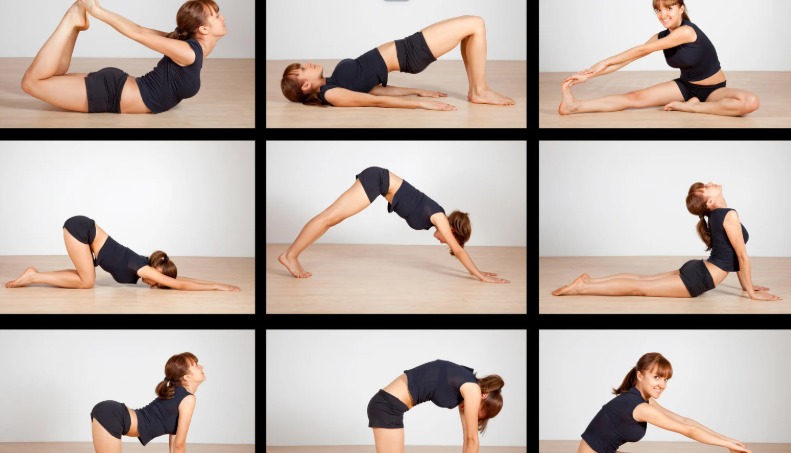
Simple Yoga Poses And Practices For Regulating Blood Pressure And Boosting Heart Health
Yoga can help lower your blood pressure, reduce stress, and leave you feeling more balanced and centred. It's where ancient wisdom meets modern wellness. In this article, we'll explore simple yet effective yoga poses and practices to nurture a healthier heart with Himalayan Siddhaa Akshar, Author, Columnist, and Founder: Akshar Yoga Kendraa.
Regular physical activity and specific relaxation techniques can help maintain healthy blood pressure and support your heart's wellbeing. Here's a comprehensive guide to practices you can incorporate into your daily routine.

Beneficial Yoga Poses
Start with gentle yoga poses that promote circulation and relaxation. The Child's Pose helps calm your mind while reducing stress – simply kneel and sit back on your heels, extending your arms forward. The Legs-Up-the-Wall pose is particularly effective for blood pressure management, as it encourages blood flow back to your heart. Bridge Pose gently stretches your spine and can help reduce anxiety, which often affects blood pressure.
Breathing Exercises
Deep breathing is a powerful tool for heart health. Practice diaphragmatic breathing by placing one hand on your chest and another on your belly, then breathe deeply so your belly expands more than your chest. Try the 4-7-8 breathing technique: inhale for 4 counts, hold for 7, and exhale for 8. This pattern naturally calms your nervous system and can help lower blood pressure.
Walking and Moderate Exercise
1
2
3
4
A daily 30-minute walk can significantly impact your heart health. Start slowly and gradually increase your pace and distance. Walking after meals is particularly beneficial as it aids digestion and helps regulate blood sugar levels, which indirectly affects heart health.
Stress Management Practices
Chronic stress can elevate blood pressure, so incorporating stress-reduction techniques is crucial. Try progressive muscle relaxation by tensing and then releasing each muscle group in your body. Regular meditation, even just 10 minutes daily, can help lower stress levels and blood pressure.
Simple Standing Exercises
Practice gentle standing exercises throughout the day. Shoulder rolls and neck stretches help release tension that can affect blood pressure. Simple toe raises and ankle rotations while standing promote circulation in your lower body.

Sleep Positioning
Your sleeping position can impact blood pressure. Sleeping on your left side can improve blood flow and reduce pressure on your heart. Elevate your head slightly with an extra pillow if you experience nighttime blood pressure issues.
Don't Miss: Yoga For Corporate Wellness: How Offices Are Focusing More On Trauma Healing Than Asanas
Lifestyle Modifications
Incorporate movement breaks during long periods of sitting. Set reminders to stand up and stretch every hour. Consider using a standing desk for part of your workday. Limit alcohol consumption and quit smoking, as both can significantly affect blood pressure.
Regular Monitoring
Keep track of your blood pressure regularly. Many people find that checking it at the same time each day helps identify patterns and triggers. Share this information with your healthcare provider to help manage your heart health effectively.
Remember to start slowly with any new physical practice and listen to your body. If you have existing health conditions or concerns, consult your healthcare provider before starting new exercises. These practices work best when implemented consistently over time, so focus on making gradual, sustainable changes to your daily routine.
Don't Miss: 7 Yoga Asanas To Balance Hormones And Ease PCOD/PCOS Symptoms
By combining these various approaches, gentle physical activity, breathing exercises, stress management, and lifestyle modifications, you can create a holistic approach to maintaining healthy blood pressure and supporting your heart's wellbeing. The key is finding practices that work for your lifestyle and that you can maintain long-term.
If you liked this story, then please share it. To read more such stories, stay connected to HerZindagi.
Image Credits: Canva
Also watch this video
Herzindagi video
1
2
3
4